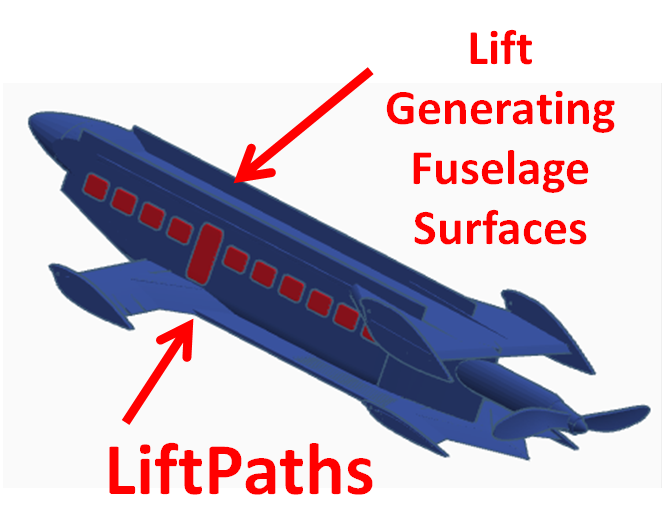|
CEPH Theory of Lift
Flight can be explained as the combination of four phenomena: 1. Create - Impacting air on a front-facing surface (withdrawing air back-side surface) causes compression of air and increased pressure (lowered back-side pressure) on surface. 2. Expand/Extend - Area of low/high pressure air attempts to expand in all directions where forward velocity supplements expansion rearward on surface. 3. Preserve - Methods of blocking higher-pressure air on forward/bottom surfaces from cancelling lower-pressure air on back/upper surfaces preserve the lift effect of the higher/lower pressures. Winglets, increased wingspans, and longer longitudinal/cord distances are effective for preserving this lift. 4. Harvest - When the surface is of low angle to air's attack (low pitch), the lift component is far greater than the drag component. This lead to higher lift-to-drag ratios with higher energy efficiency. The total lift is the surface integral of the lift vector (force x differential area) over the surface of the object. A large flat plate preserves pressure due to width and length/cord; hence, a rectangular place can be a very effective lift-generating surface with the front and tail edges have shapes similar to the front/tail edges of wings/airfoils. Concisely stated, the four steps are: 1) create favorable pressure, 2) accumulate pressure, 3) preserve pressure, and 4) transfer to vehicle on low-pitch surface. |
